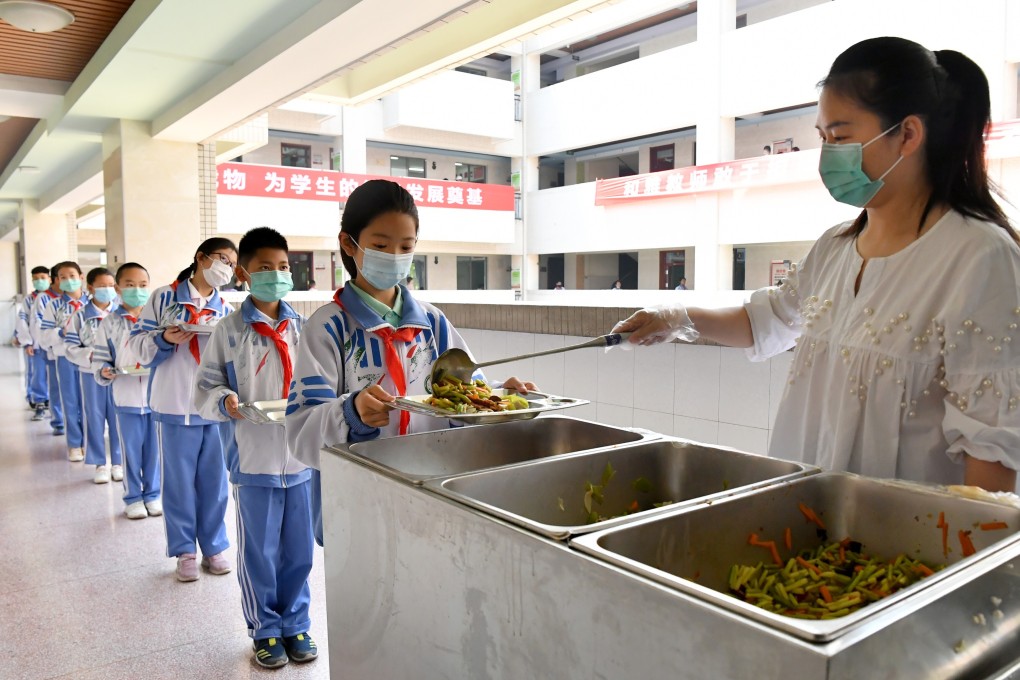Advertisement
China’s strict lockdown and closed schools saved rush on hospitals during coronavirus outbreak, researchers say
- Study into non-pharmaceutical interventions finds closing schools will not stop all transmission but will reduce admission peak 40-60 per cent
- Shanghai and Wuhan households reduced contact with other people 7-8 times, curbing chance of transmission
Reading Time:2 minutes
Why you can trust SCMP

Strict Chinese-style social distancing is enough to control Covid-19 and closing schools delayed the epidemic in China, according to a new study published in the journal Science on Wednesday.
The study comes at a time when China is slowly easing its nationwide limitations on movement but other countries, such as the United States, now the leading carrier of the disease, are still fiercely debating lockdown measures.
A team of scientists, led by Zhang Juanjuan of the school of public health at Fudan University in Shanghai, and including researchers from China, the US and Italy, surveyed residents in the Chinese cities of Wuhan, the initial epicentre of the virus, and Shanghai about their daily contacts with other people.
Advertisement
The researchers were looking at non-pharmaceutical prevention and found that lockdown measures in the two cities reduced daily contact by 7-8 times, containing contact to household interactions and drastically reducing virus transmission.
The scientists modelled pre- and post-outbreak behaviour patterns of more than 1,000 people in Shanghai and Wuhan, mapping them by age.
Advertisement
Advertisement
Select Voice
Choose your listening speed
Get through articles 2x faster
1.25x
250 WPM
Slow
Average
Fast
1.25x